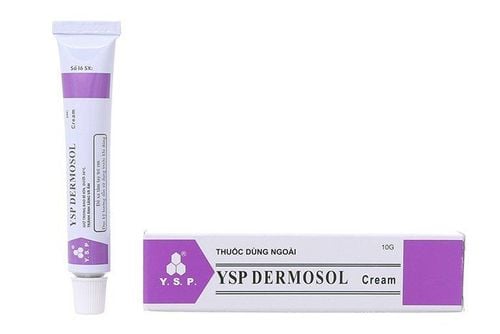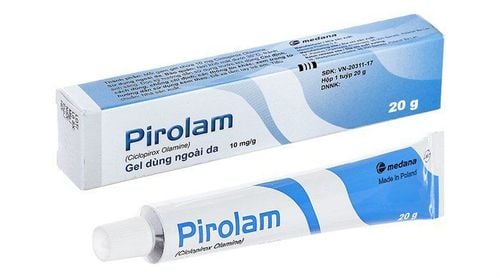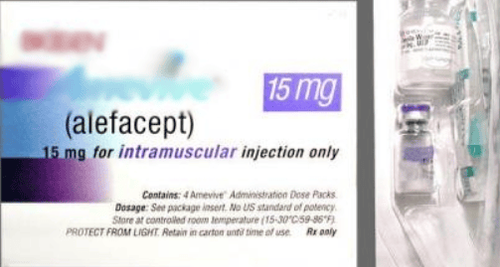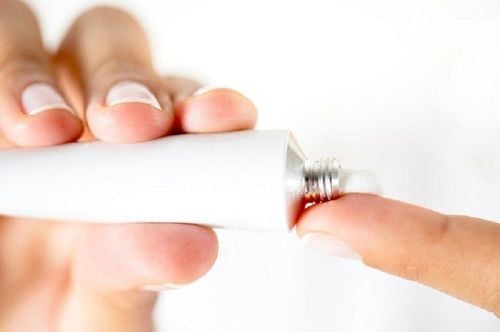This is an automatically translated article.
Asbesone medicine 30g is made in the form of a topical cream, with the main ingredient being Betamethasone. The drug is used in the treatment of infected areas of the skin.
1. Uses of Asbesone topical
Each 1g of Asbesone topical medication contains Betamethasone dipropionate equivalent to Betamethasone 0.5mg and excipients just enough 1g. Betamethasone is a fluorine derivative synthetic corticosteroid with anti-inflammatory and immunosuppressive activities. This ingredient has anti-inflammatory, antipruritic and vasoconstrictor effects, very effective in treating damaged skin areas.
Asbesone is indicated in the following cases:
Treatment of Eczema such as allergic eczema; Treatment of dermatitis such as photosensitive dermatitis, pruritus papules, fat necrosis, erythema multiforme, myxedema in the anterior tibial region; Treatment of flat and single lichen; Treatment of chronic psoriasis of the scalp, hands, and feet (excluding widespread plaque psoriasis). On the other hand, Asbesone is contraindicated in the following cases:
People with a history of allergy to ingredients and excipients of the drug; The patient has acne , facial redness, perioral dermatitis; People with itching around the genitals, anus; People with skin lesions caused by viruses, tuberculosis, especially herpes simplex, chickenpox, smallpox; People with skin infections, fungal, bacterial rashes (do not take with antibiotics to treat).
2. How to use and dose Asbesone
2.1. How to use The drug is prepared in the form of a cream, so it is used for topical application. Before using the medicine, the patient should wash their hands and skin to be applied and then dry them. Next, take an appropriate amount of the drug on your hand, gently and evenly apply to the skin to be treated. After applying the medicine, the patient should wash his or her hands to avoid contact with the drug and then touch other areas of the skin that will cause irritation. Do not cover the area to be treated with medication.
2.2. Dosage Use 1-2 times a day. If the effect is good, it can be used less than 2 times a day. Each use only take a sufficient amount of cream for the area to be used; When atopic dermatitis is healing or of moderate severity, the dose should be controlled during continuous or intermittent use, and should be treated with a low dose. 2.3. Overdose Overdosage of Asbesone for a long time can cause suppression of the pituitary-adrenal axis, increasing the risk of secondary, reversible adrenal insufficiency. Patients should stop taking the drug or replace it with a drug with fewer side effects or reduce the frequency of use. If you accidentally overdose and develop serious side effects, the patient should go to the hospital immediately for timely treatment.
2.4. Missed dose When a dose is missed, the patient takes the medicine as soon as he remembers it. If it is almost time for your next dose, skip the missed dose and apply the next dose as scheduled.
3. Asbesone side effects
Asbesone topical is well tolerated, so side effects are rare. However, if the drug is used for a long time, in high doses or over large areas of the skin, systemic absorption will be increased (especially in young children).
Some side effects patients may experience when taking Asbesone include:
Allergic symptoms appear: Red skin, skin with burning sensation, stinging, itching, urticaria, folliculitis; Met with metabolic disorders: Water retention, loss of sodium and potassium; Mood swings, insomnia, severe depression; Stomach ulcers, esophageal ulcers, bleeding, abdominal distention, pancreatitis; Decreased glucose tolerance causes Cushing's syndrome or irregular menstrual cycle changes. If you experience any side effects of Asbesone, the patient should immediately notify the doctor for timely treatment.
4. Be careful when using Asbesone
Some notes users need to remember before and while using Asbesone:
Be careful when using Asbesone in pregnant women, only use when prescribed by a doctor; In nursing mothers, to be safe, the drug should be discontinued or breast-feeding; Use caution when using Asbesone in drivers, operating machinery; After using the drug, the patient should not cover the area of the application of the drug. When used for a long time on damaged skin and folds, a polyethylene bandage can cause local and systemic toxicity; Do not apply the medicine to large areas of damaged skin (caused by bacteria, viruses, fungi, parasites), ulcerated or acne-prone skin. Do not apply the drug to the eyes, mouth, private area; Do not use Asbesone for more than 5 days in children or on the face; Asbesone can be harmful in psoriasis by impairing the skin barrier function, leading to relapse after tolerance, pustular psoriasis or systemic toxicity; Systemic absorption leads to suppression of the hypothalamic, pituitary-adrenal axis, Glucocorticoid deficiency, Cushing's syndrome (reversible).
5. Asbesone drug interactions
Betamethasone component in Asbesone is easily absorbed when used locally, has systemic effects, so it can lead to:
Betamethasone increases the risk of liver toxicity if used with high dose or long-term paracetamol; Betamethasone increases blood glucose levels, so dosage adjustment of oral antidiabetic agents or insulin may be necessary; Betamethasone increases the possibility of arrhythmias or digitalis toxicity associated with hypokalemia when used with digitalis glycosides; Betamethasone may decrease or increase the anticoagulant effect of coumarin-type anticoagulants (dosing adjustment may be required); Betamethasone may increase blood levels of salicylates; Using Betamethasone with nonsteroidal anti-inflammatory drugs or alcohol may increase the severity of peptic ulcers; Tricyclic antidepressants will increase mental disorders caused by Betamethasone; The drugs phenytoin, phenobarbital, rifampicin or ephedrine can increase metabolism, reduce the therapeutic effect of Betamethasone; Estrogens may alter the metabolism and protein binding of Betamethasone, reduce the clearance, and increase the effects and toxicity of Betamethasone; Betamethasone and aspirin should be used with caution in patients with hypoprothrombinemia. According to the recommendations of doctors, before using Asbesone, patients should inform their doctor about the drugs they are taking, the diseases they have / are suffering from. At the same time, if you experience any adverse side effects of the drug, the patient should also inform the doctor immediately.
Please dial HOTLINE for more information or register for an appointment HERE. Download MyVinmec app to make appointments faster and to manage your bookings easily.













